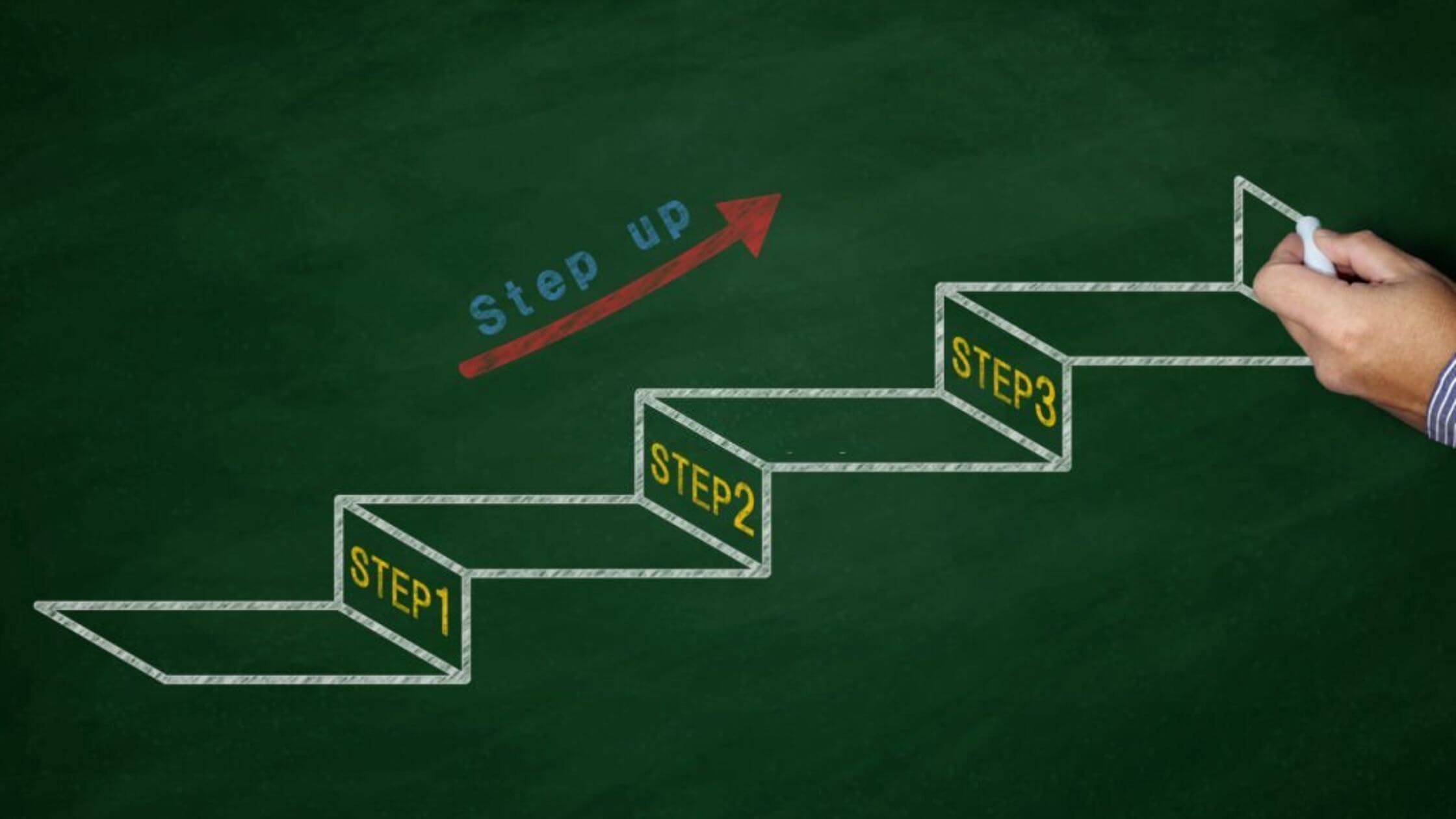
What You Need To Know About The Four Precedence Diagramming Methods (PDM)

In project management, Precedence Diagramming Methods (PDM) play a crucial role in planning and scheduling project activities. By understanding the four main PDM techniques, you can effectively analyze dependencies, determine critical paths, and ensure successful project execution. In this article, we will explore the four Precedence Diagramming Methods and their significance in project management.
What You Need To Know About The Four Precedence Diagramming Methods (PDM)
The 3rd step of the 7 main processes in project time management is called Sequence Activities, which is the process of pinpointing and documenting connections among the project activities, and the fundamental result of this process is Network Diagram.
In the course of the Sequence Activities process, the actions described during the Define Activities process are sequenced, since some of them will rely on each other. A Network diagram depicts the activities with boxes, portraying the correlation of activities.
The Precedence Diagramming Method is one of the multiple ways you can use to make network diagrams. Inherently, you can assume there are some connections and dependencies amidst some activities in the PDM.
There is a big portion of questions related to the Time Management knowledge area in the Project Management Professional certificate exam, so signing up for any project management training or course that can provide you with all of the detailed information you need to understand the relationships in the process and adding them to your study plan is a great idea.
For now, if you want to learn more about the kinds of relations in PDM (Precedence Diagramming Method), continue reading this blog that will tell you all about it, and provide you with some precedence diagram method examples to make it easier to understand.
1. Finish-to-Start (FS)
The Finish-to-Start (FS) relationship is the most common and basic type of dependency in PDM. It indicates that the successor activity cannot start until the predecessor activity has finished. FS relationships are typically represented by arrows pointing from the end of the predecessor activity to the start of the successor activity.
2. Start-to-Start (SS)
In the Start-to-Start (SS) relationship, the successor activity can only start after the predecessor activity has started. This relationship is often used when two activities need to start together or have a specific time lag between their starts. SS relationships are represented by arrows pointing from the start of the predecessor activity to the start of the successor activity.
3. Finish-to-Finish (FF)
The Finish-to-Finish (FF) relationship indicates that the successor activity cannot finish until the predecessor activity has finished. FF relationships are used when two activities must finish together or have a specific time lag between their finishes. Arrows representing FF relationships point from the end of the predecessor activity to the end of the successor activity.
4. Start-to-Finish (SF)
The Start-to-Finish (SF) relationship is the least common type of dependency in PDM. It means that the successor activity cannot finish until the predecessor activity has started. SF relationships are used in specific scenarios where a successor activity must continue until a predecessor activity starts. Arrows representing SF relationships point from the start of the predecessor activity to the end of the successor activity.
Significance of Precedence Diagramming Methods (PDM)
Precedence Diagramming Methods are essential in project management for several reasons:
- Dependency Analysis: PDM allows for a clear understanding of activity dependencies and relationships, helping identify critical paths and potential bottlenecks.
- Critical Path Determination: By using PDM techniques, project managers can determine the critical path, which is the longest path of dependent activities that must be completed to achieve the project’s minimum duration.
- Resource Allocation: PDM assists in resource allocation by identifying activities that can be performed in parallel and those that require sequential execution.
- Schedule Optimization: With PDM, project schedules can be optimized by identifying opportunities to streamline activities and minimize project duration.
- Risk Management: PDM provides insights into project risks by visualizing dependencies and potential areas of delay or impact on project timelines.
Let’s Talk About GERT
Graphical Evaluation and Review Technique, typically known as GERT, is an analysis technique in networks that project managers use which allows probabilistic solutions of both network logic and estimation of activity duration.
An example of GERT could be:
- Activity 2 contains an FS dependency to Activity 1
- Activity 2 can start only after Activity 1 is completed.
- Once Activity 2 is finished, Activity 1 can begin again.
The examples we gave before for each of the types of dependencies can be used for this scenario as well.
The Four Dependencies in PDM
Now that we know the kind of relationships in PDM, we can take a look at each dependency. Do you know there are four types? Here they are.
Types of Dependencies in Time Management Sequence Activities:
- Mandatory Dependency (Hard Logic): Inherent in the nature of the work. (e.g. You cannot test a product before you develop it).
- Discretionary Dependency (Preferred, Preferential or Soft Logic): Determined by the project team and can be changed in order to shorten the length of the project. (e.g. Person 1 activities order changes from a -> b to b -> a)
- External Dependency: Comes from outside of the project. (e.g. Government, Suppliers, etc.)
- Internal Dependency: Involves a precedence relationship in project activities. (e.g. You cannot start building something before the design is done.)
Sign-up for a 7-day free trial! Try the first two modules of Brain Sensei’s story-based PMP and CAPM Exam Prep courses and a mini practice exam and see how it all works
Conclusion
The Four Precedence Diagramming Methods (FS, SS, FF, SF) are valuable tools in project management. By understanding and effectively utilizing these PDM techniques, project managers can analyze dependencies, determine critical paths, optimize schedules, and manage risks. Incorporate PDM into your project planning and scheduling process to enhance project success and achieve efficient project execution.
Have you led projects and are looking to earn a project management certification? You might be interested in learning about how lucrative this can be. Check out these articles.
13 PMP Benefits Once You Get The PMP Certification
No experience leading projects but still want to get into project management? No problem! Check out these articles.
CAPM Certification Eligibility
What is a Certified Project Manager; How do I get PM Certifications


